Nosebleeds, medically known as epistaxis, are quite frequent among both adults and children due to the high concentration of blood vessels in the nose. Fortunately, most nosebleeds can be managed easily at home. However, if you experience frequent or regular nosebleeds, you might be searching for natural methods to prevent them. After some investigation, I discovered several helpful tips and strategies for you.
Reasons for Nosebleeds
Nosebleeds occur when blood flows from one or both nostrils. The most typical cause is local trauma, often resulting from minor injuries such as getting hit in the face with a ball, falling, or similar incidents. Such trauma is prevalent among children who often play outside, which is great for their development.
Another common factor is dry mucous membranes. Dry air can irritate these membranes, causing them to crack and crust, leading to nosebleeds. High altitudes might also exacerbate dryness.
Nasal or sinus infections, colds, or foreign objects in the nostrils can contribute to nosebleeds as well. Additionally, picking at a nose that is already dry or irritated can trigger a nosebleed.
In rare cases, conditions such as tumors, vascular abnormalities, liver disease, bleeding disorders, and other severe medical issues might be the cause. Children with chronic illnesses or those taking certain medications may experience nosebleeds more frequently, so it is essential to consult a healthcare professional to exclude these possibilities.
Why Kids Experience Frequent Nosebleeds
Children often suffer from recurring nosebleeds due to nose picking coupled with dry mucous membranes or other irritations within the nasal passages. For children with frequent nosebleeds, consulting a healthcare provider is crucial to rule out any underlying concerns. Keeping a child’s nasal passages moist can significantly reduce the risk of nosebleeds. Although most nosebleeds resolve easily and aren’t cause for concern, discussing the issue with an ear, nose, and throat specialist is advisable to ensure there are no hidden issues.
Steps to Control a Nosebleed
There are two main types of nosebleeds: anterior and posterior. Anterior nosebleeds originate from the front of the nose, often due to dry membranes or nose picking, while posterior nosebleeds come from deeper in the nose and are commonly caused by trauma.
If you or your child is experiencing a nosebleed, here are initial steps to take:
- Have the child sit upright to alleviate vein pressure within the nose.
- Encourage the child to slightly lean forward to avoid swallowing blood, which can upset the stomach.
- Prompt the child to gently blow their nose to clear excess blood from the nostrils.
- Using the thumb and forefinger, have the child pinch both nostrils shut, even if only one is bleeding, as this can help apply pressure on the bleeding area.
- Maintain this pressure for 10-15 minutes. If bleeding persists, apply pressure for another 10-15 minutes.
- After the bleeding stops, advise the child not to touch or rub their nose.
- Applying a cold compress to the nose bridge can help constrict blood vessels and halt bleeding.
Following these suggestions usually helps end a nosebleed within 15 to 30 minutes. Additionally, soaking a cotton ball in apple cider vinegar and applying it to the bleeding nostril can help to constrict blood vessels.
When to Seek Professional Help
Most nosebleeds are manageable at home. However, consider contacting your doctor if the nosebleed does not stop with the above suggestions, or in the following situations:
- If a nosebleed follows another injury, such as a head injury
- If breathing becomes difficult
- If a large volume of blood is lost
- If a child under two years old has a nosebleed
- If a nosebleed persists for over 30 minutes despite following these guidelines
- If you are taking anticoagulants
If you’re uncertain, consulting your physician about how to handle a nosebleed is best.
Natural Approaches for Addressing Nosebleeds
Nosebleeds can result from various causes, and these natural solutions may lower the chances of having them. With younger children, preventing nosebleeds can help avoid undue distress.
Keeping Nasal Linings Moist
To combat dryness and associated irritations, I prioritize preventing dry nostrils. Strategies include:
-
Saline nose drops or sprays can keep the nasal passages moist in dry conditions. I prefer Genexa saline for its absence of artificial additives. When one of the children is particularly prone to nosebleeds, I ensure they use saline spray daily for several days or a week.
-
Employing a humidifier can also aid in maintaining nasal passage moisture. Moist air soothes mucous membranes. Placing a humidifier in a bedroom at night or around the house during the day is useful, especially in winter or in dry climates.
- Moisturizing lubricants, such as a beeswax ointment or salve, can assist in repairing crunchy nasal passages.
Remaining well-hydrated is also crucial for moist mucous membranes.
Trimming Children’s Nails
Because nose picking exacerbates irritated nostrils, keeping fingernails short can minimize damage potential.
Avoiding Intense Activities
Rigorous activities can aggravate already upset nasal passages. Ruptured blood vessels require up to 10 days to heal, so it’s wise to avoid exertion, straining, or lifting for a week post-nosebleed. While this may be challenging for children, it’s effective in preventing recurrence.
The Role of Vitamin K
This nutrient is crucial for blood clotting, making it essential to consume enough daily. Vitamin K-rich foods include:
- Kale
- Spinach
- Cabbage
- Brussels sprouts
- Broccoli
- Cauliflower
Vitamin K is also vital for forming collagen in the body. A deficiency might result in drier nasal passages, increasing the likelihood of nosebleeds. Supplements can provide vitamin K if obtaining it from food is challenging.
The Benefits of Vitamin C
Vitamin C is another key component in addressing nosebleeds. Studies indicate that it is essential for vascular health. It promotes collagen formation and reduces vessel inflammation, as noted in a 2013 study.
While abundant in fruits and vegetables, vitamin C supplements are an option if improvements aren’t noticeable.
Understanding Zinc Importance
Zinc is known to support vascular health. Though unconnected directly to fewer nosebleeds, zinc intake is valuable. Food sources rich in zinc include:
- Meat
- Shellfish
- Nuts
- Seeds
- Dairy
- Eggs
- Dark chocolate
Supplements can be considered if dietary zinc is insufficient.
Advantages of Nasal Irrigation
Using a neti pot to irrigate nasal passages can maintain moisture while clearing away dust and debris that might cause irritation. This is particularly beneficial during colds or sinus infections. Although initially intimidating, mastering a neti pot is relatively simple, and even my children use one!
Effective Nosebleed Management at Home
If frequent nosebleeds are an issue for you or your child, these strategies can rapidly resolve them and decrease how often they occur. With many kids in our household, nosebleeds are common, but these natural solutions equip me to handle them confidently.
What are your most effective remedies for managing nosebleeds?
This article was reviewed by Madiha Saeed, MD, a board-certified family physician. Please remember, this is not personal medical advice, and consulting your physician is recommended.



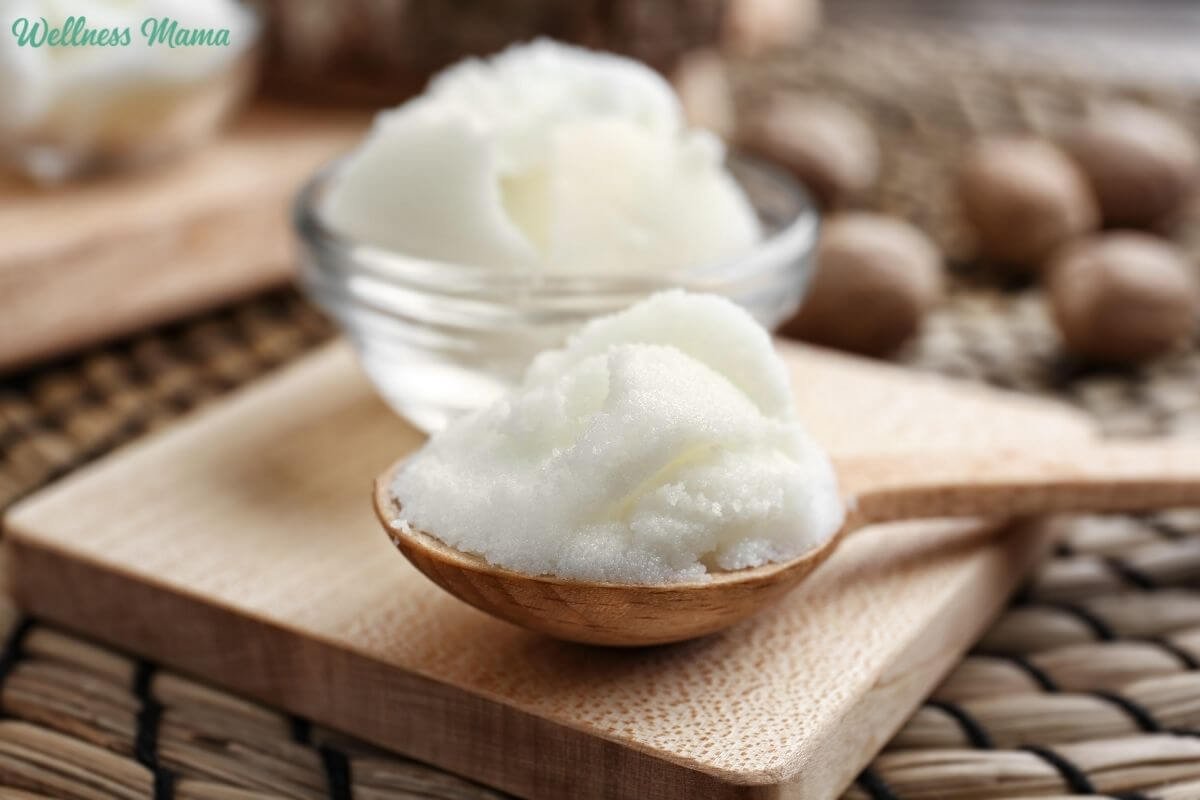
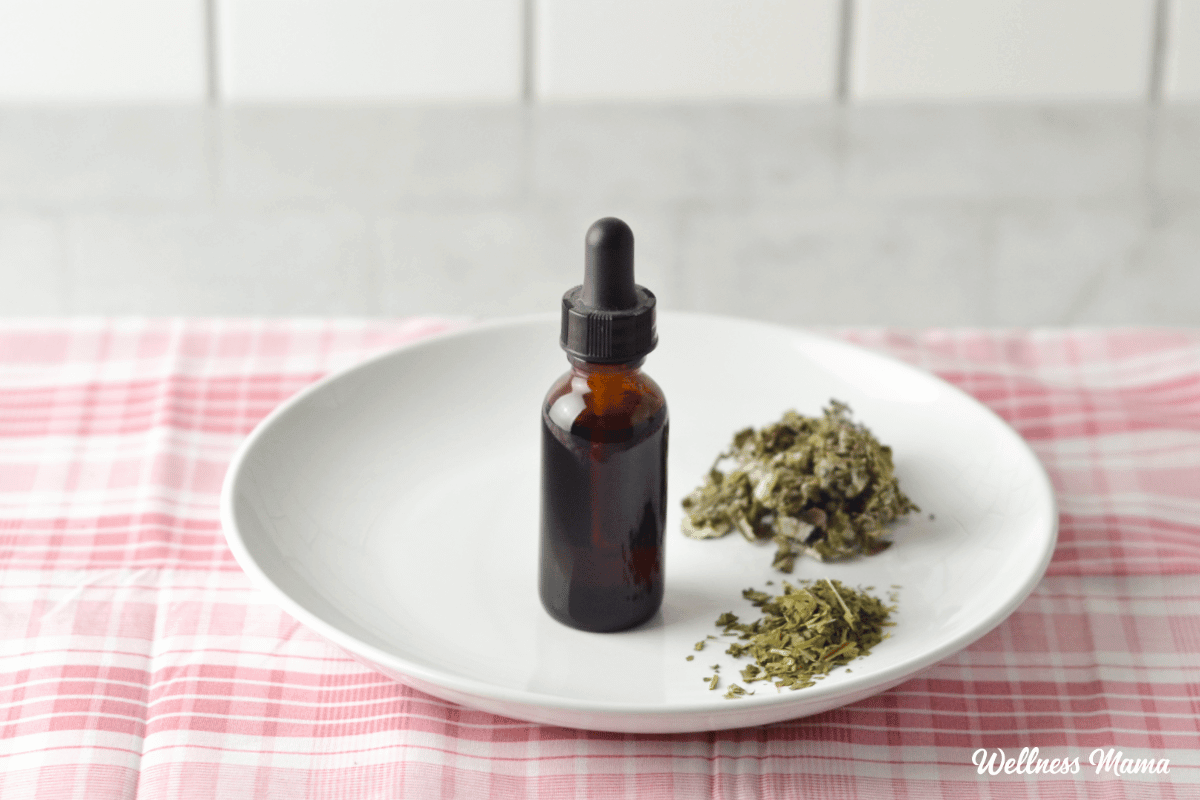

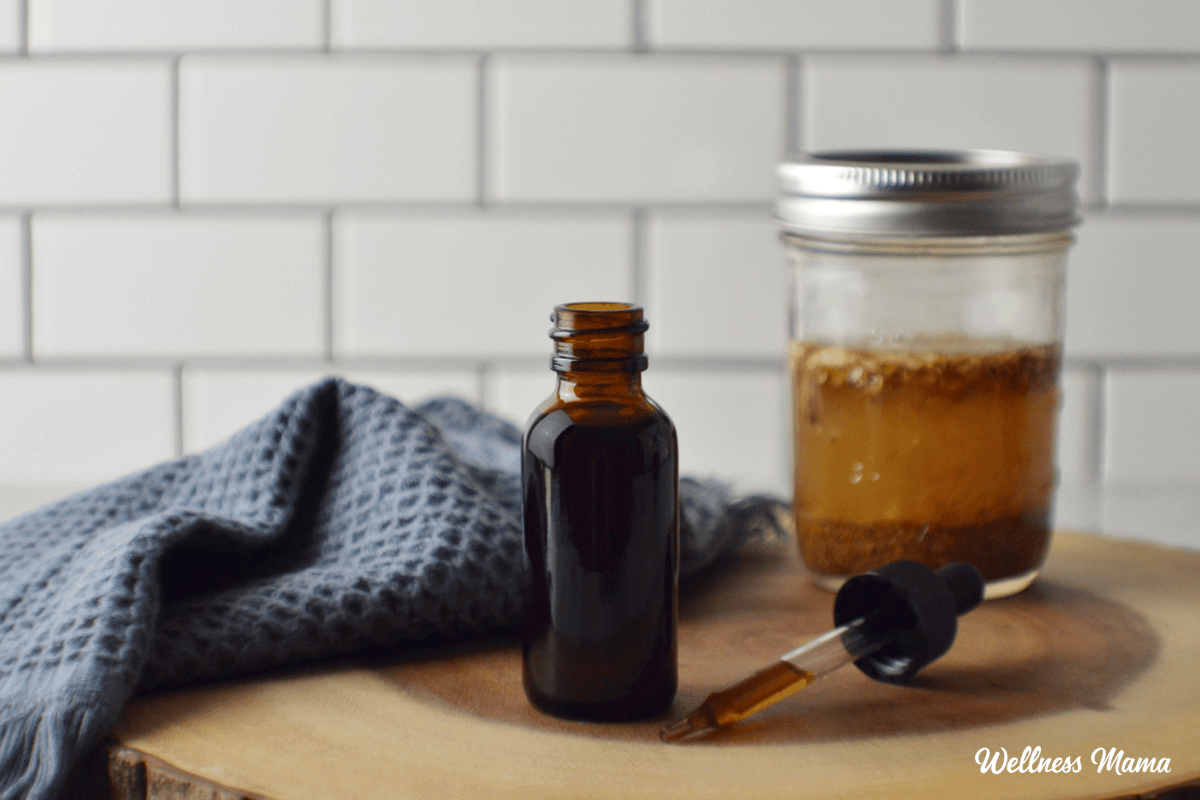



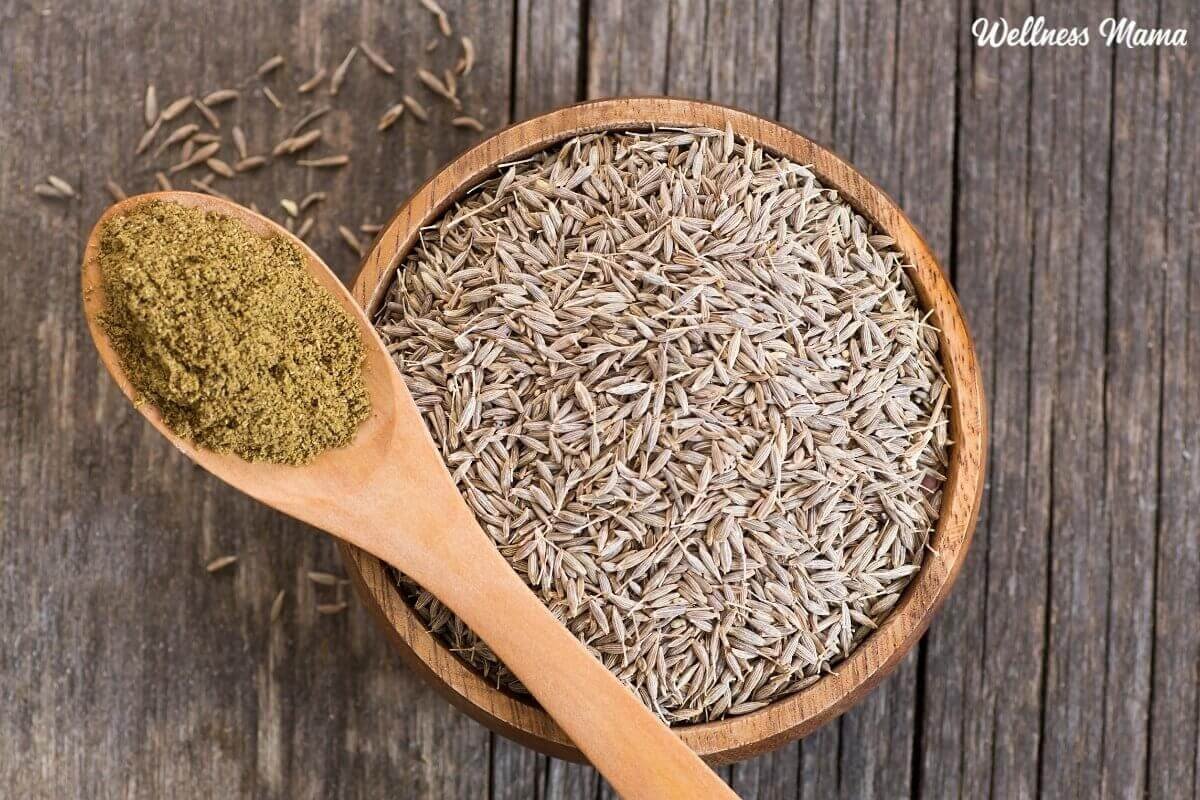




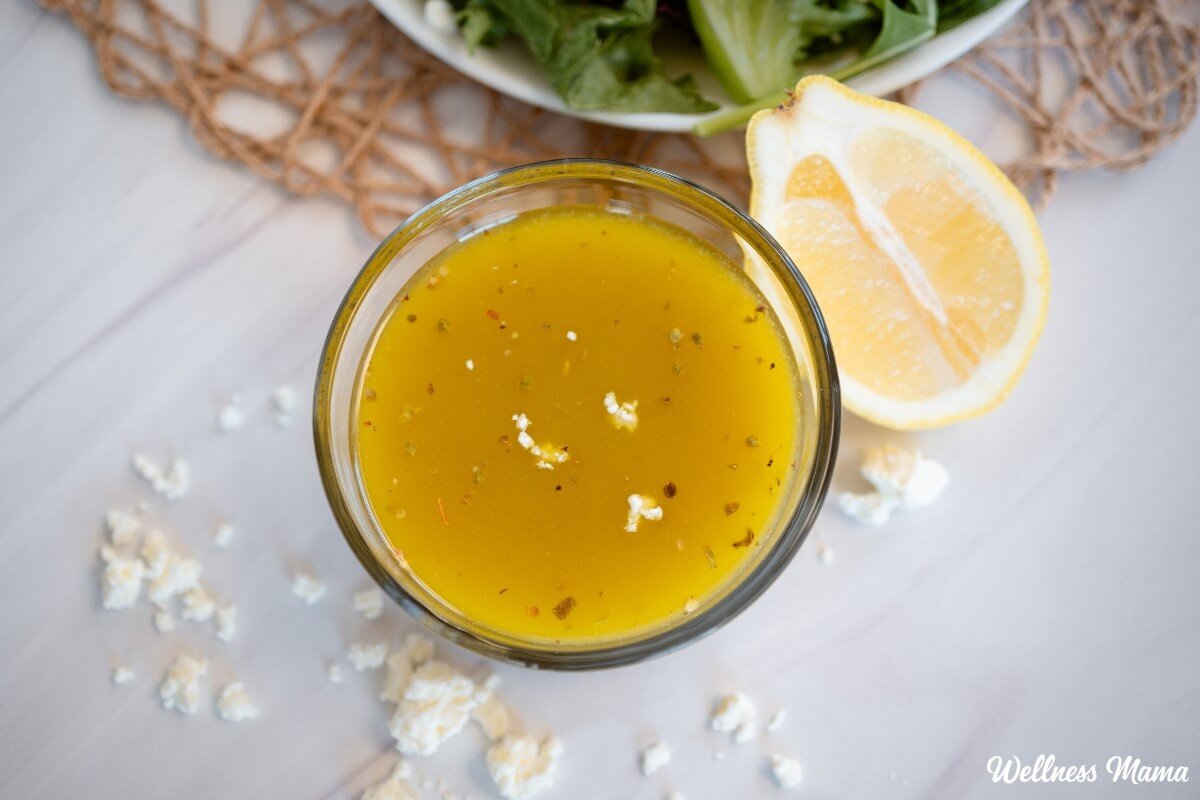

Leave a Reply